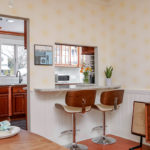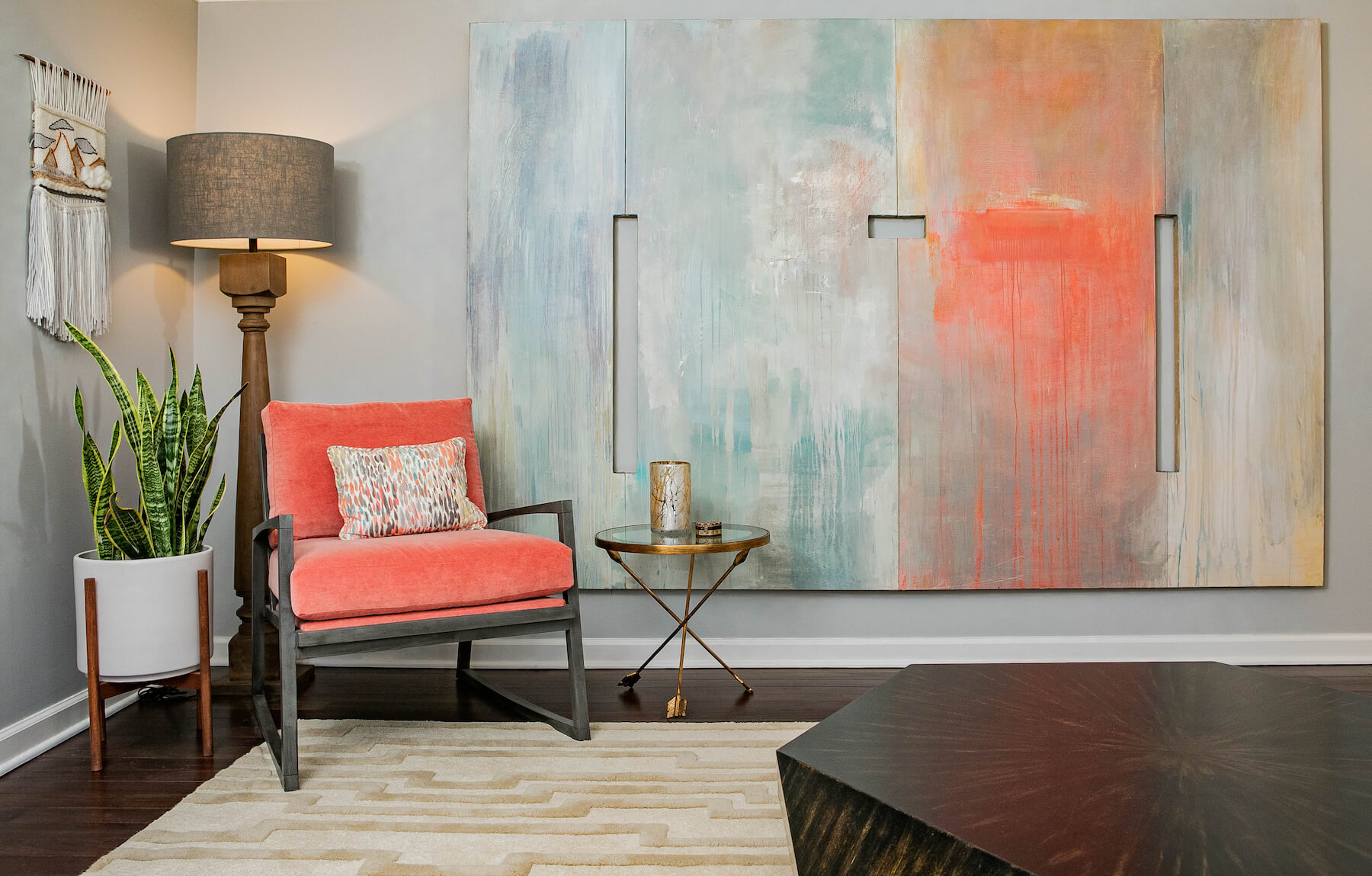Embark on a captivating journey through the decades and explore the remarkable evolution of design trends that have shaped our living spaces. From the opulence of Art Deco in the 1920s to the eclectic mashup of the 2000s, each era holds fascinating stories and influences that continue to inspire modern design.
The Roaring Twenties: Exuberance and Glamour in the 1920s

The 1920s, famously known as the Roaring Twenties, heralded an era of vibrant cultural and artistic renaissance. The design world, in particular, experienced the rise of the iconic Art Deco movement. Art Deco captivated with its opulent materials, geometric shapes, and metallic finishes, infusing vitality and sophistication into every aspect of design. Architectural marvels showcased sleek facades adorned with intricate detailing, while interiors embraced bold patterns, luxurious materials, and elegant lines. Synonymous with the Jazz Age, Art Deco perfectly embodied the spirit of the times.
The Golden Age of Mid-Century Modern: Clean Lines and Timeless Elegance in the 1950s
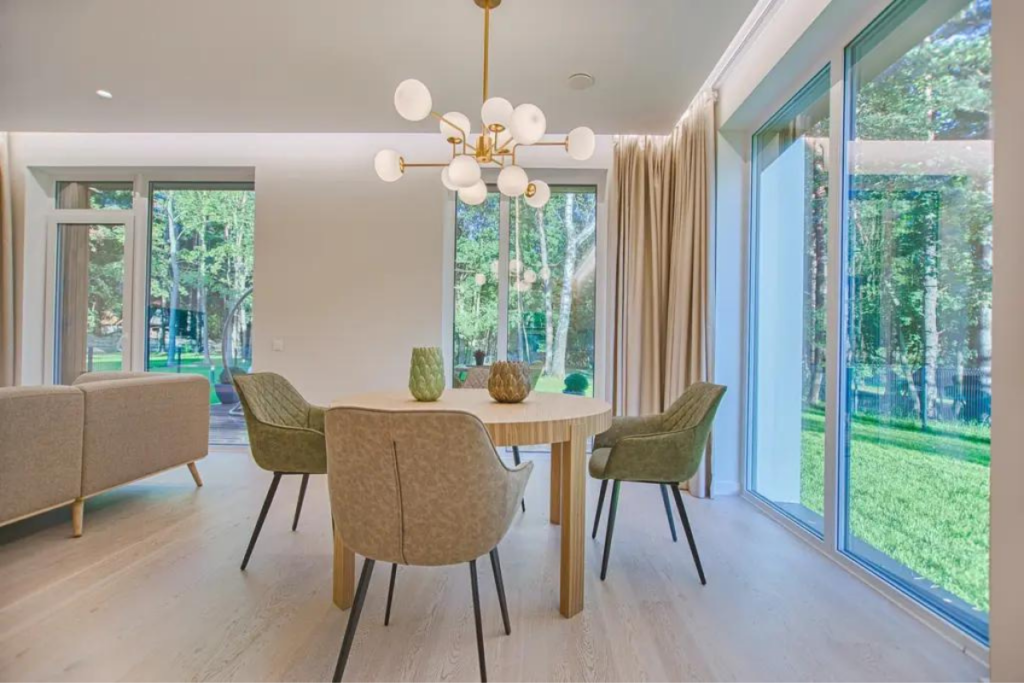
The 1950s marked the emergence of Mid-Century Modern design, an influential style that has stood the test of time and continues to inspire contemporary aesthetics. Defined by its clean lines, organic shapes, and emphasis on functionality, Mid-Century Modern design embodied simplicity and elegance. Guided by modernist principles, designers utilized natural materials like wood and leather to craft furniture that seamlessly blended form and function. This era introduced iconic pieces like the Eames lounge chair and the Sputnik chandelier, which have become beloved design icons, epitomizing the aesthetic of the time.
The Memphis Movement: Playfully Departing from Tradition in the 1980s
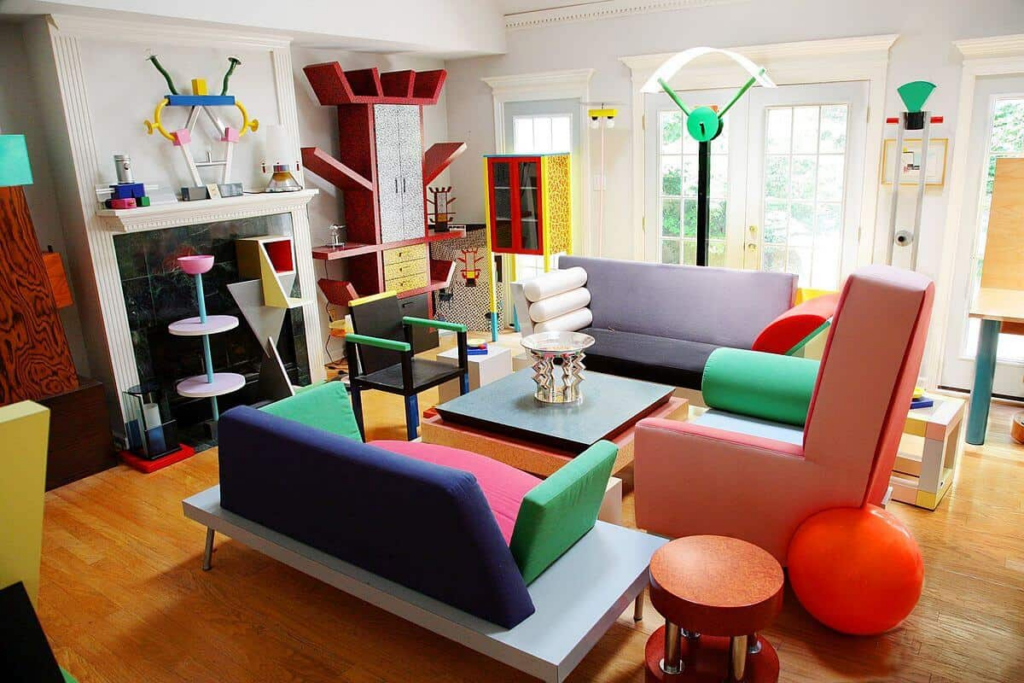
The 1980s witnessed the emergence of the Memphis Movement, a design style that celebrated vibrant colors, whimsical patterns, and playful forms. Embracing postmodernism, this movement marked a departure from traditional design norms, emphasizing individuality and creativity. Led by the Memphis design collective, founded by Ettore Sottsass, this movement challenged conventions with unconventional and exuberant creations. Asymmetry, eclectic combinations, and a sense of creative freedom defined Memphis designs. Beyond furniture and interiors, the influence of the Memphis Movement extended to fashion, graphic design, and art, leaving an indelible mark on various creative disciplines.
Minimalism Takes Over: Embracing Simplicity and Serenity in the 1990s
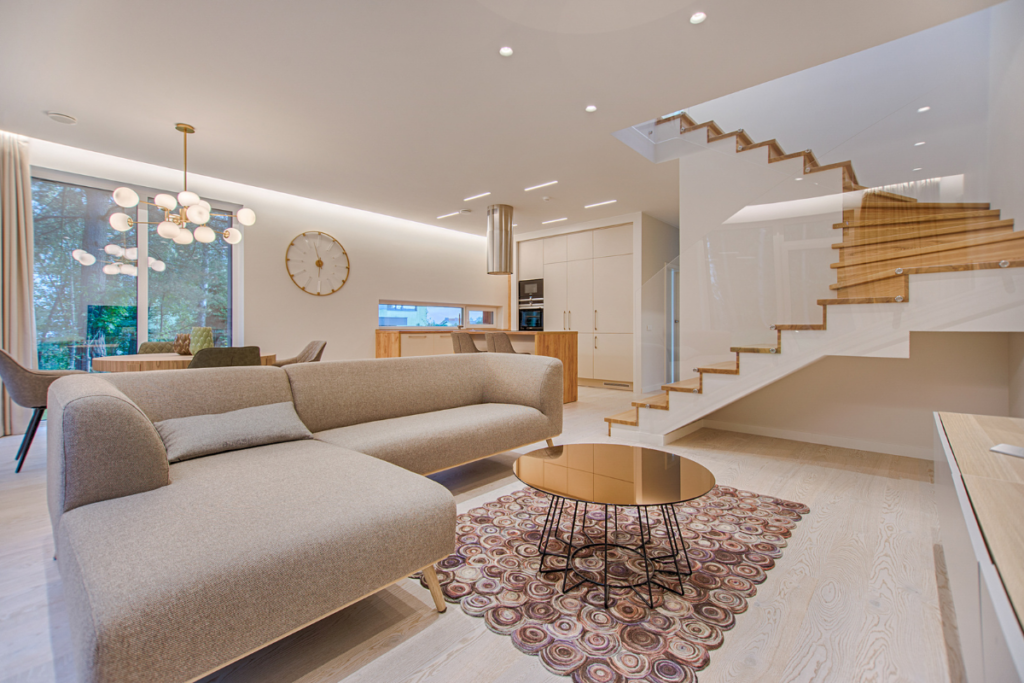
The 1990s witnessed a significant design shift as Minimalism took center stage. This movement celebrated simplicity, functionality, and the reduction of clutter. Clean lines, neutral colors, and open spaces became defining features of the era’s design aesthetic. Minimalist interiors embraced a sense of calm and tranquility, fostering balanced and harmonious living environments. Furniture designs embraced sleekness, prioritizing practicality and clean forms. By focusing on essential elements, Minimalism empowered individuals to create spaces that promoted mindfulness and serenity.
Eclectic Mashup: Celebrating Individuality and Personal Expression in the 2000s
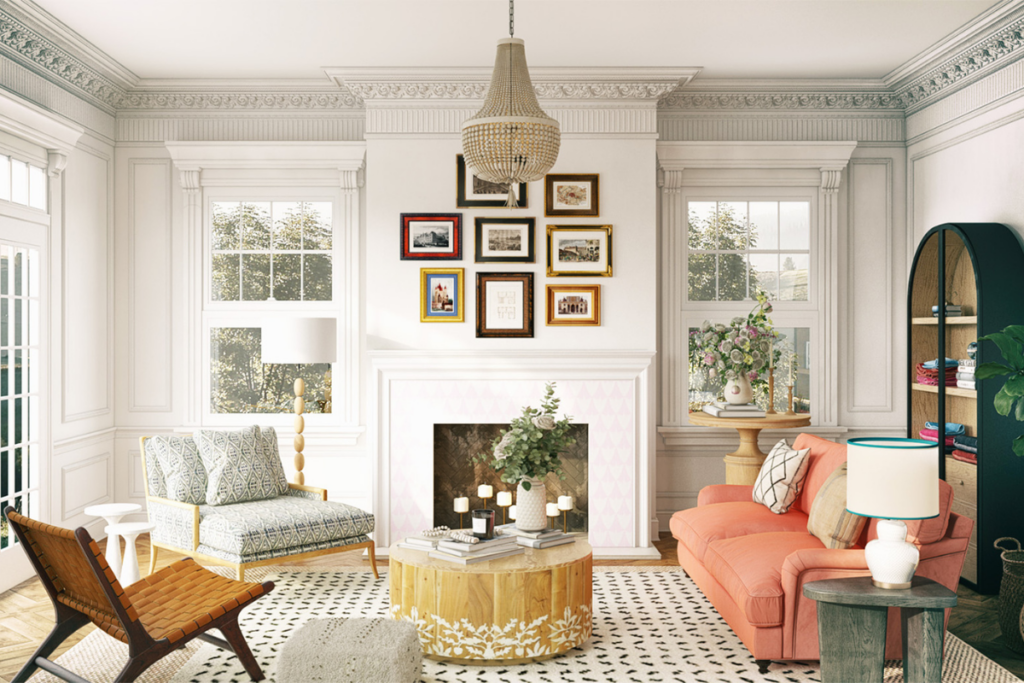
In the 2000s, design took on an eclectic and personal character as individuals embraced a mix-and-match approach, creating spaces that were uniquely expressive. The focus shifted from rigid design rules to celebrating individuality and fostering creativity. People began combining diverse styles, eras, and cultural influences, resulting in interiors that became personal narratives. The 2000s became a playground for self-expression, empowering homeowners to curate spaces that reflected their unique tastes and experiences. Mismatched furniture, vintage posters, vibrant colors, and playful accents came together to form visually captivating and deeply personal environments. This era celebrated the idea that design transcends predefined rules, serving as a canvas for individual expression and boundless creativity.
But here’s the secret
Design trends are not static. They are in a perpetual dance with the winds of change, constantly inspired by cultural shifts, technological advancements, and the aspirations of individuals seeking to express their unique identities. As we peer into the future, we are reminded that finding your design style is about embracing what truly resonates with your soul, unbounded by the confines of passing trends.
Draw inspiration from the past, explore current design movements, and fearlessly experiment to create a space that feels like home.
So, whether you find yourself captivated by Mid-Century Modern’s elegance or inspired by Postmodernism’s audacity, embrace the joy of creating spaces that speak to your soul. Let your imagination run wild, and with each design choice, express your individuality and create an environment that brings you joy and fulfillment.
As we continue to evolve and navigate the ever-changing landscape of design, let us celebrate the rich tapestry of influences that have shaped our homes and lives. Design is not just about aesthetics; it is an art form that can enhance our well-being, evoke emotions, and inspire us daily.
So, dare to explore, experiment, and make your mark on the design world.
The journey will be as beautiful and unique as the spaces you create.


